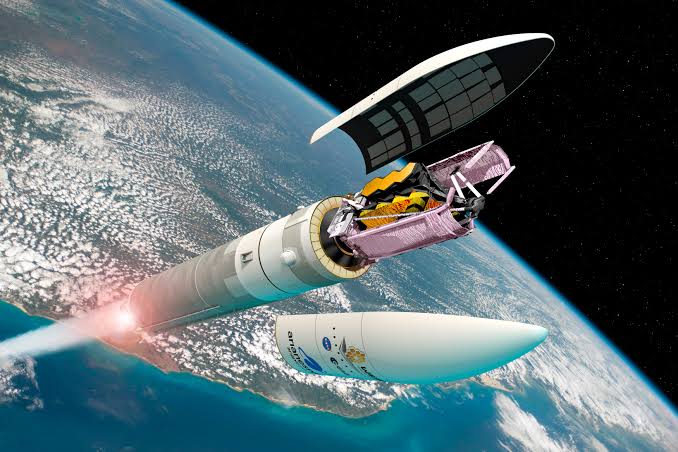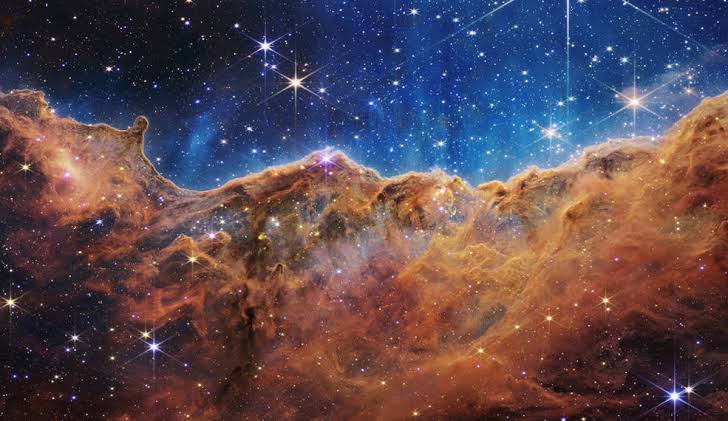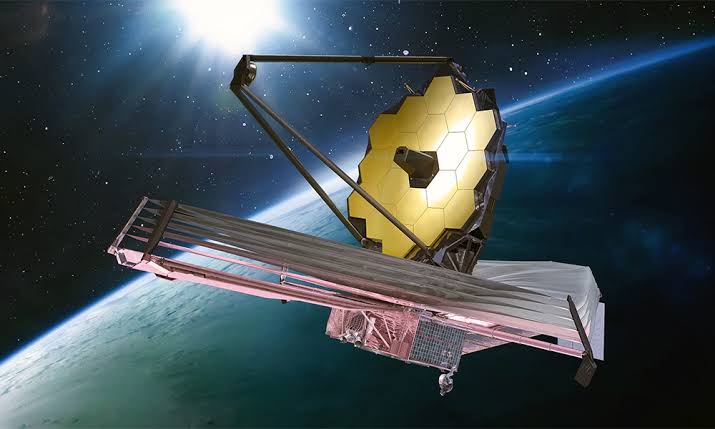The James Webb Space Telescope (JWST) is a space-based observatory set to be launched by NASA. It is often referred to as the Webb or JWST. The Webb telescope is designed to be the successor to the Hubble Space Telescope and will significantly advance our understanding of the universe.
Here are some key points about the Webb telescope:
- Purpose: The primary objective of the Webb telescope is to observe the universe in the infrared part of the electromagnetic spectrum. It will enable scientists to study distant galaxies, stars, and planets, including those that formed shortly after the Big Bang.

- Capabilities: The Webb telescope has a large, segmented primary mirror measuring 6.5 meters (21.3 feet) in diameter, which will allow for improved light-gathering capabilities compared to Hubble. It will also carry advanced scientific instruments, such as the Near InfraRed Camera (NIRCam), Mid-Infrared Instrument (MIRI), and Near InfraRed Spectrograph (NIRSpec), among others.
- Launch and Location: The Webb telescope is scheduled to be launched in late 2021 (after my knowledge cutoff). It will be carried into space by an Ariane 5 rocket from the Guiana Space Centre in French Guiana. Once in space, it will be positioned at the second Lagrange point (L2), which is approximately 1.5 million kilometers (930,000 miles) from Earth.

- Unique Features: The Webb telescope incorporates several technological advancements, such as a tennis court-sized sunshield to protect it from the Sun’s heat and light, and a deployable segmented primary mirror that will unfold after launch.
- Scientific Goals: The Webb telescope aims to answer fundamental questions about the universe’s origins and evolution. It will help study the formation of galaxies, the birth of stars and planetary systems, the atmospheric composition of exoplanets, and the existence of potential signs of life.
The James Webb Space Telescope is an ambitious and highly anticipated mission that promises to revolutionize our understanding of the cosmos. By observing the universe in the infrared spectrum, it will provide valuable insights and contribute to significant scientific discoveries.

